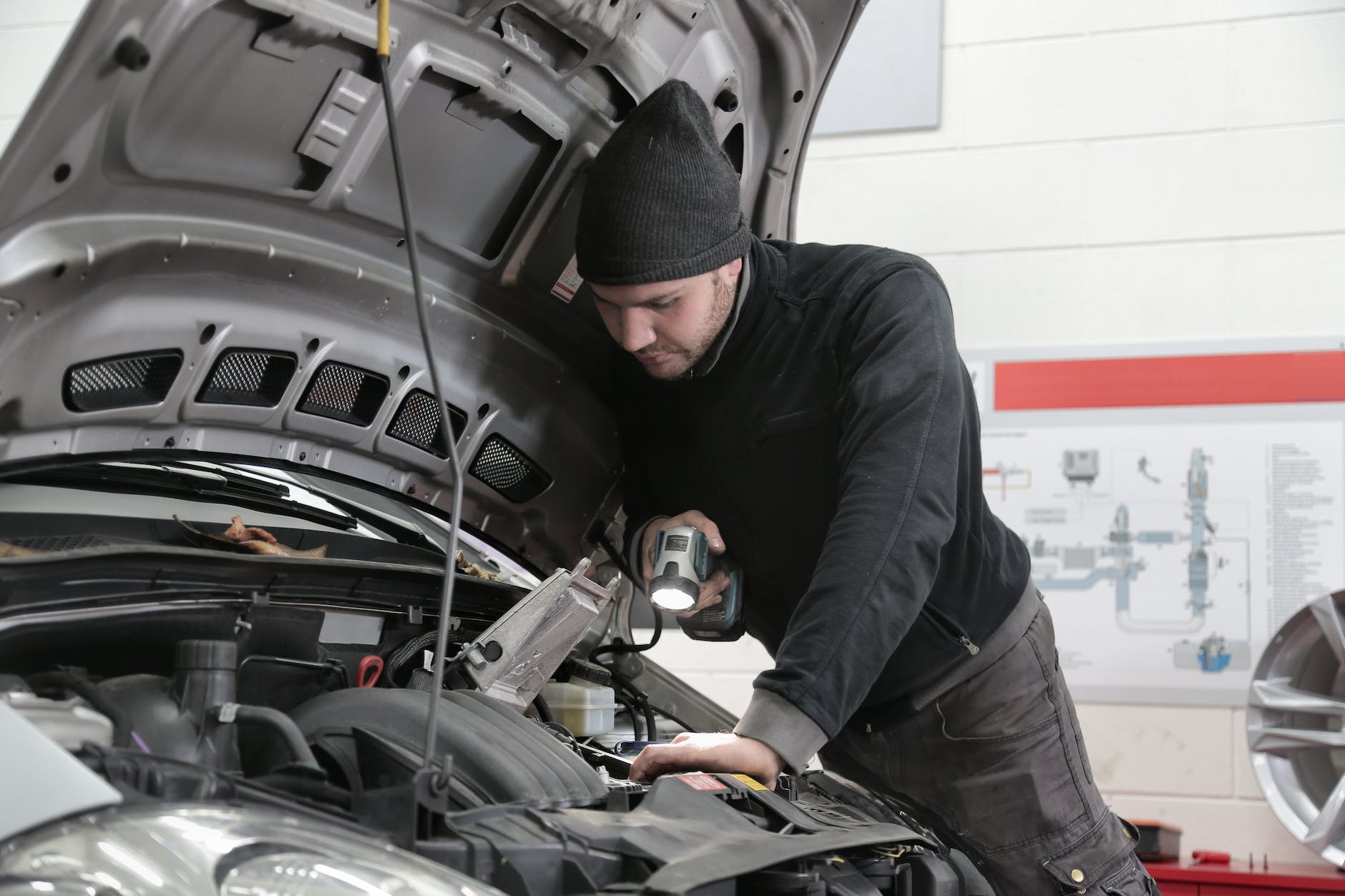
Race Engine Builders
In the adrenaline-fueled world of racing, where speed is king, race engine builders play a crucial role in creating high-performance machines that push the boundaries of what’s possible on the track.
These skilled artisans are the masterminds behind the powerful engines that propel race cars to victory. This article delves into the art and science of race engine building, exploring the intricate process of crafting engines capable of unleashing jaw-dropping power and performance.
Understanding the Fundamentals
Race engine building is an intricate blend of engineering expertise, meticulous attention to detail, and a deep understanding of mechanical principles. The best race engine builders begin by analyzing the specific requirements of the racing series and the particular track conditions where the car will compete.
They take into account factors such as horsepower targets, torque curves, fuel efficiency, and engine durability, crafting engines optimized for the specific racing application.
Selecting the Right Components
Every race engine is a masterpiece composed of carefully chosen components that complement one another to achieve peak performance. Builders select high-quality materials and precision-engineered parts to ensure reliability under the extreme stresses of racing. Components such as pistons, connecting rods, camshafts, and valves are carefully chosen to suit the engine’s intended purpose, creating a harmonious symphony of power and precision.
Precision Machining
The heart of race engine building lies in precision machining. Engine blocks are meticulously bored, honed, and decked to exact specifications, ensuring optimal cylinder wall thickness and geometry. Precision CNC (Computer Numerical Control) machines are employed to craft components with microscopic tolerances, minimizing friction and maximizing power output.
Custom Engine Tuning
One of the most critical aspects of race engine building is engine tuning. Skilled engine builders use dyno testing to fine-tune every aspect of the engine’s performance. Through data analysis and real-time adjustments, they optimize fuel delivery, ignition timing, and airflow to achieve the desired powerband and torque curve.
This personalized approach ensures that each engine is finely tuned for the specific race car and driver, offering a competitive edge on the track.
Balancing Performance and Reliability
Race engine builders face a delicate balancing act: pushing the limits of performance while maintaining reliability. Striving for peak horsepower and torque figures must not come at the cost of jeopardizing the engine’s durability.
Builders employ advanced metallurgy and thermal management techniques to ensure that engines withstand the grueling demands of high-speed racing without compromising longevity.
Building for Different Racing Disciplines
Race engine builders are versatile experts capable of crafting engines for various racing disciplines, from Formula 1 and NASCAR to endurance racing and drag racing. Each discipline demands distinct performance characteristics, and builders adapt their skills to meet the specific requirements of each racing category, showcasing their adaptability and expertise.
Safety Considerations
In the pursuit of power and performance, safety should never be compromised. Race engine builders adhere to strict safety standards, ensuring that engines are built to withstand the intense forces of racing without risking catastrophic failures.
There are studies that point out the need to have the necessary changes and modifications on the engine, vehicle, or maneuvers that drivers do to increase safety and reduce damage and injuries should an incident occur. The use of high-quality materials, precision manufacturing, and thorough quality control measures help ensure the engine’s integrity during high-stress situations.
Continuous Research and Development
Race engine builders are perpetual learners, always seeking new knowledge and innovative techniques. They stay updated with the latest advancements in automotive engineering, materials, and manufacturing processes. Continuous research and development allow builders to refine their craft and maintain a competitive edge in the ever-evolving world of motorsport.
Conclusion
Race engine building is an art form that combines precision engineering, scientific knowledge, and a passion for performance. These artisans create the heart and soul of racing machines, pushing the boundaries of automotive technology to achieve unparalleled power and efficiency. Through their passion and ingenuity, they ensure that the engines that roar on the racetrack are the epitome of automotive perfection.





